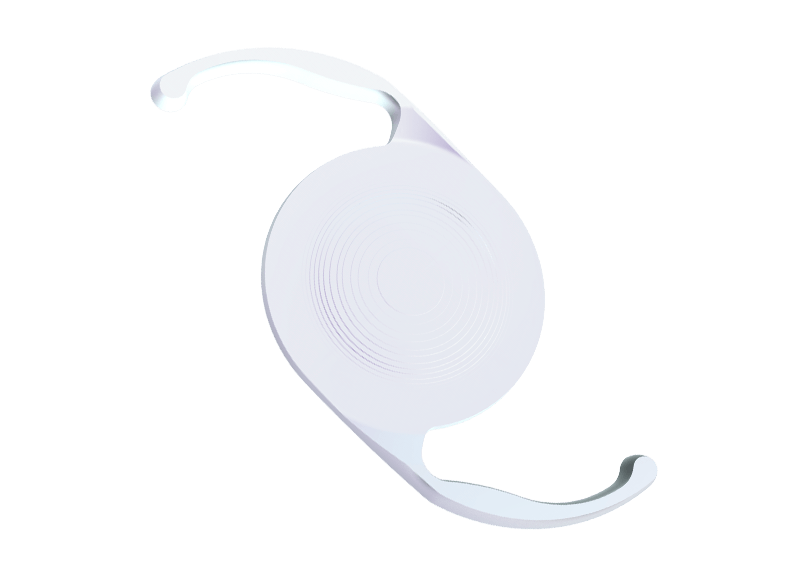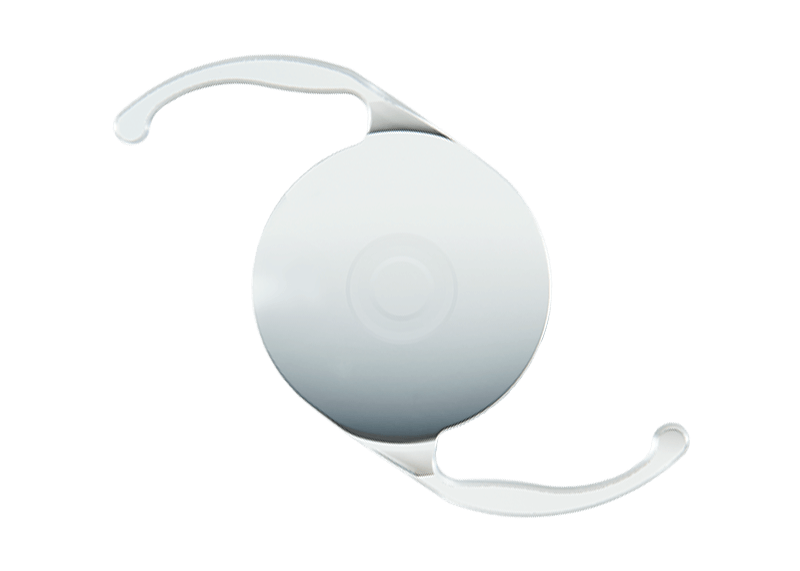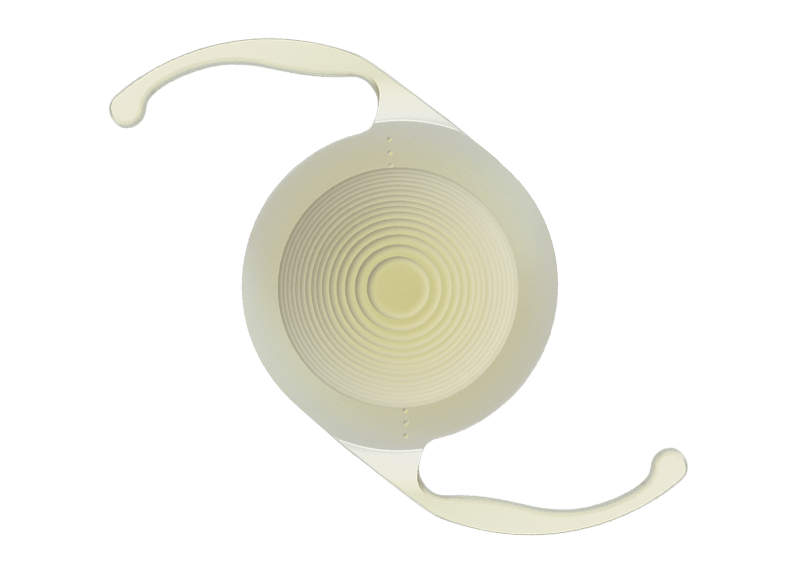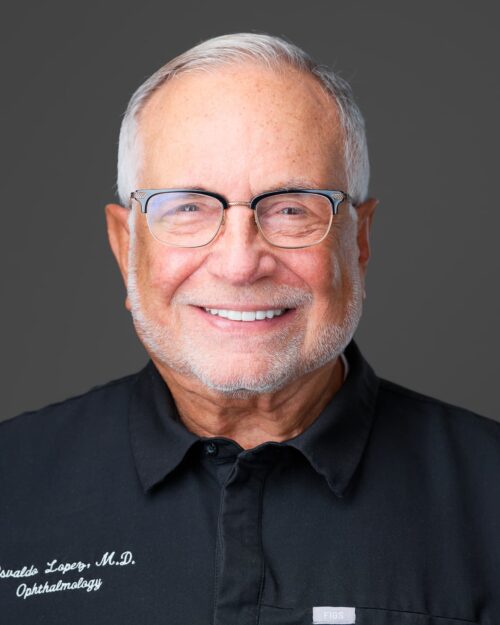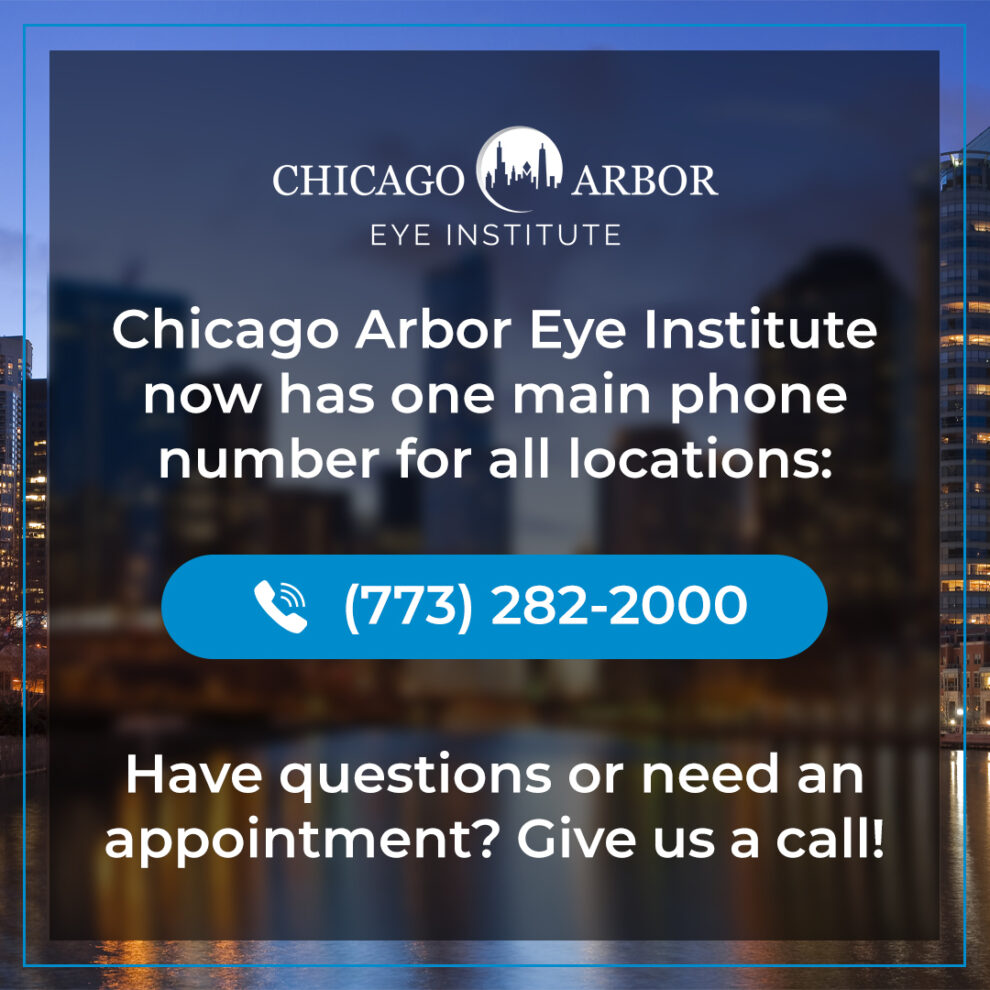What is a Cataract?
A cataract occurs when your naturally translucent and transparent lens becomes cloudy. When
this happens, you'll gradually experience visual impairment.
The most common cause of cataracts is normal aging. However, cataracts can also develop for other reasons, such as trauma, disease, injury, or other concurrent medical conditions.
Most patients develop cataracts slowly over several years. Some people develop them more quickly, over months. You may not realize you have cataracts initially because they may not affect your vision.
You can have cataracts in one or both eyes. As the natural lens becomes cloudier because of cataracts, it becomes more challenging for light to pass through. Because of this, you'll find it harder to see things clearly and may notice frustrating symptoms like blurry vision as your cataracts progress.
What are Cataracts? - Video Take Cataract Self-Test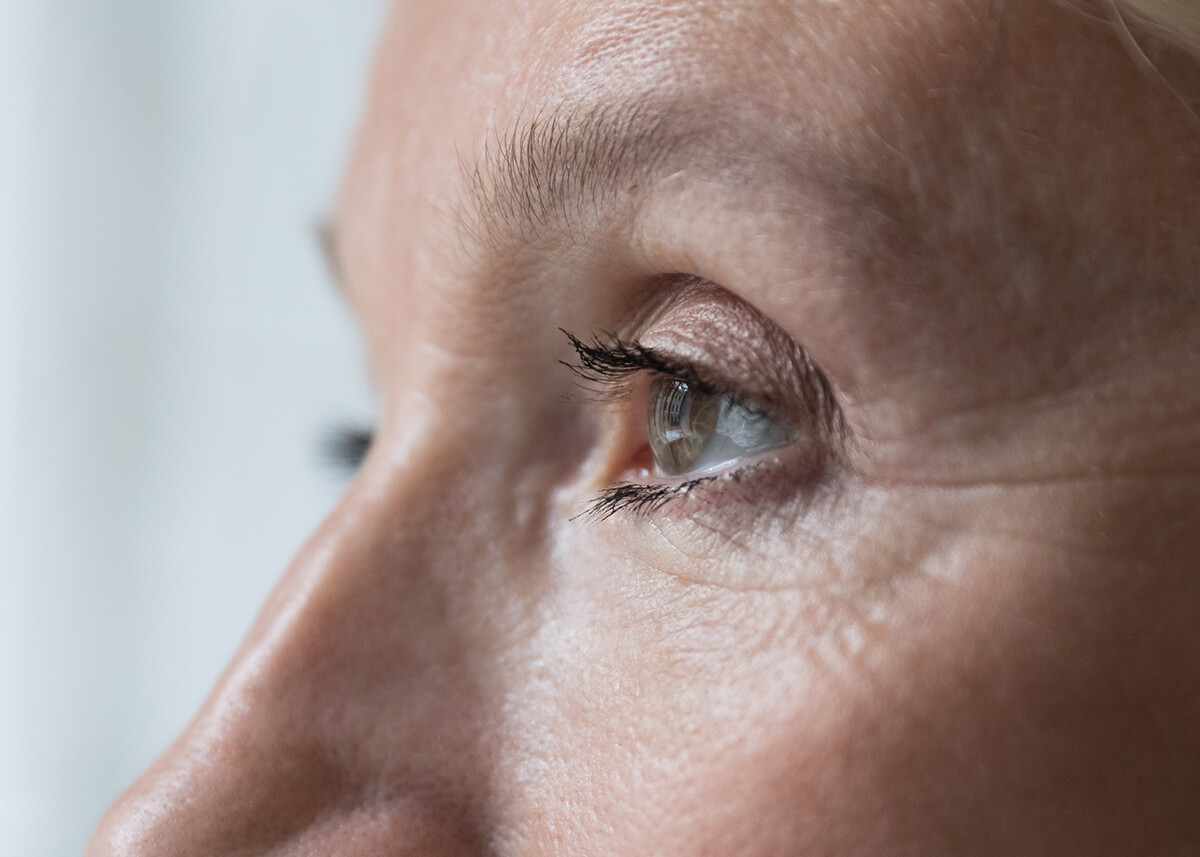
What are the Most Common Signs of Having Cataracts?
There are many signs of cataracts, with common ones being:
Because these are only some of the signs and symptoms associated with cataracts, if you think you have the condition, you should schedule an appointment with your eye doctor at Chicago Arbor Eye Institute.
What is an Intraocular Lens?
An intraocular lens (IOL) is an artificial lens implanted in your eye to replace your natural lens during cataract surgery. The IOL ensures you can see clearly after cataract surgery. There are many varieties of IOLs available. Depending on which one you choose, you may achieve better vision than you had before having cataracts with a decreased need for glasses.
Which IOL you choose before having cataract surgery depends on a few things like, your visual needs, your goals for your vision after cataract surgery, and your budget. Many IOLs are premium lenses, meaning you must pay for them out of pocket. However, with these IOLs, you can reduce your dependence on visual aids like glasses and contact lenses following cataract surgery, making them more than worth their investment. Your Chicago Arbor Eye Institute ophthalmologist will review all your available IOL options and recommend the best one based on these qualifications. We're the experts in the area, as we were the first to implant diffractive multifocal IOLs in Illinois in 2005.
IOL: Introduction - Video Request Appointment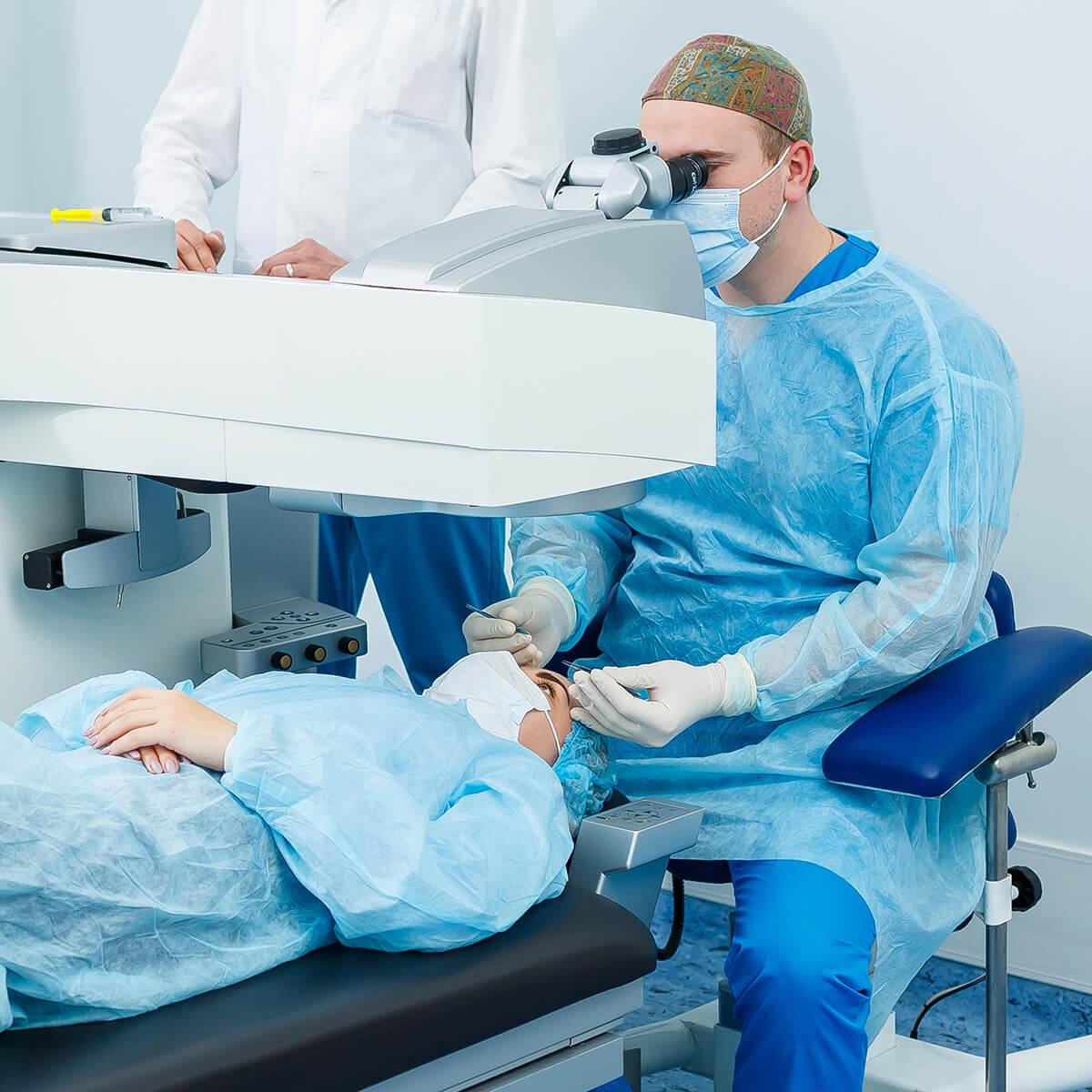
What to Expect
Traditional vs. Laser Cataract Surgery
Cataract surgery is a highly effective procedure that removes and replaces the natural lens with an intraocular lens. But at Chicago Arbor Eye Institute, we also offer the option of laser cataract surgery.
Traditional cataract surgery uses a blade to create an incision in the eye to access the natural lens. Phacoemulsification breaks up the cataract into smaller pieces using ultrasound waves, making removing it easier. The fragmented cataract and natural lens pieces are removed using gentle suction through the same incision. After removing the cataract, the IOL is placed in the eye, where it takes the place of the natural lens. It's then positioned correctly by your cataract surgeon to help restore your ability to see clearly.
Comparing Laser and Traditional Cataract Surgery - Video
The Benefits of
Laser Cataract Surgery
Laser cataract surgery, unlike traditional methods of cataract surgery, uses laser technology to create precise incisions while ensuring more accurate lens fragmentation and astigmatism correction in patients. Using laser in cataract surgery may improve patient outcomes and safety and provides the best possible vision in patients.
Benefits of Cataract Surgery - Video Request Appointment
ORA (Optiwave Refractive Analysis)
ORA uses VerifEye®+ technology to customize and tailor your cataract procedure to your one-of-a-kind eye. Cataracts are a natural part of aging; removing them is the only way to treat them. However, you can choose how you treat them while treating conditions like astigmatism and presbyopia during the cataract procedure.
ORA with VerifEye®+ technology is one of the advanced technologies used to customize the procedure. The ORA system helps your cataract surgeon navigate your eye during cataract surgery by providing them with real-time guidance. In turn, this may give patients more optimal results and vision. ORA assesses your eye similarly to a GPS, allowing your cataract surgeon to make essential adjustments during the procedure.
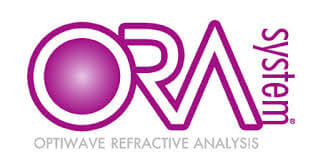
Using ORA ensures your vision needs are met during your cataract procedure at Chicago Arbor Eye Institute. This provides better care than what you'll find with a basic cataract procedure, which only allows visual disorders to be addressed after the procedure is over.
Request AppointmentAlcon Cataract Refractive Suite
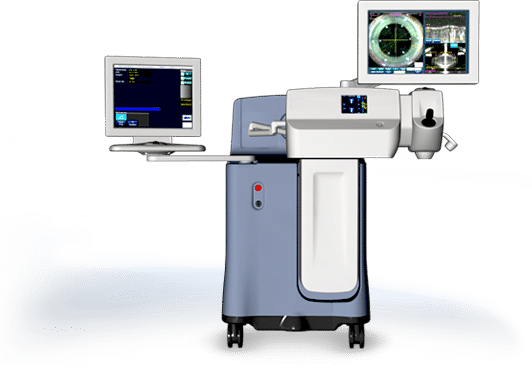
The Alcon Cataract Refractive Suite is a comprehensive system that enhances and improves the outcomes of cataract procedures. This platform uses advanced, state-of-the-art technology to provide cataract surgeons with the most precise tools, optimizing surgical outcomes and patient satisfaction.
At the core of the Alcon Cataract Refractive Suite is the LenSx Laser. This femtosecond laser is bladeless and computer-controlled. Using it allows your cataract surgeon to create highly precise corneal incisions, anterior capsulotomies, and lens fragmentations, which can potentially reduce the amount of ultrasound energy used during phacoemulsification.
The Alcon Cataract Refractive Suite also includes the ORA System featuring VerifEye+ technology. VerifEye+ technology provides your cataract surgeon with real-time measurements taken during the procedure. These measurements allow your surgeon to evaluate your eye's refractive position and make necessary adjustments, leading to the most optimal outcomes, especially if you've chosen a premium IOL.
The LuxOR LX3 Q-VUE Ophthalmic Microscope is also included in the Alcon Cataract Refractive Suite. It provides your cataract surgeon with enhanced visualization by using an advanced illumination system. This system provides a clear, high-contrast view of eye structures, refining your cataract surgery and optimizing its results.
The VERION Image Guided System captures detailed images of the eye to ensure highly-calibrated IOL calculations. It also integrates preoperative measurements to create a customized surgical plan before the procedure.

We'll Determine the
Best Procedure for You
The signs of cataracts are not exclusive to this eye condition, so it's essential to determine what is causing any vision changes you may be experiencing. If it is cataracts, your eye doctor will monitor their progression.
Since cataracts develop so gradually, you will likely not need cataract surgery immediately. Most cataract surgeons only recommend the procedure once you can no longer do what you love due to increasingly impaired vision. If your cataract surgeon determines cataract surgery is right for you, Chicago Arbor Eye Institute will help guide you through your IOL options.
Request Appointment
